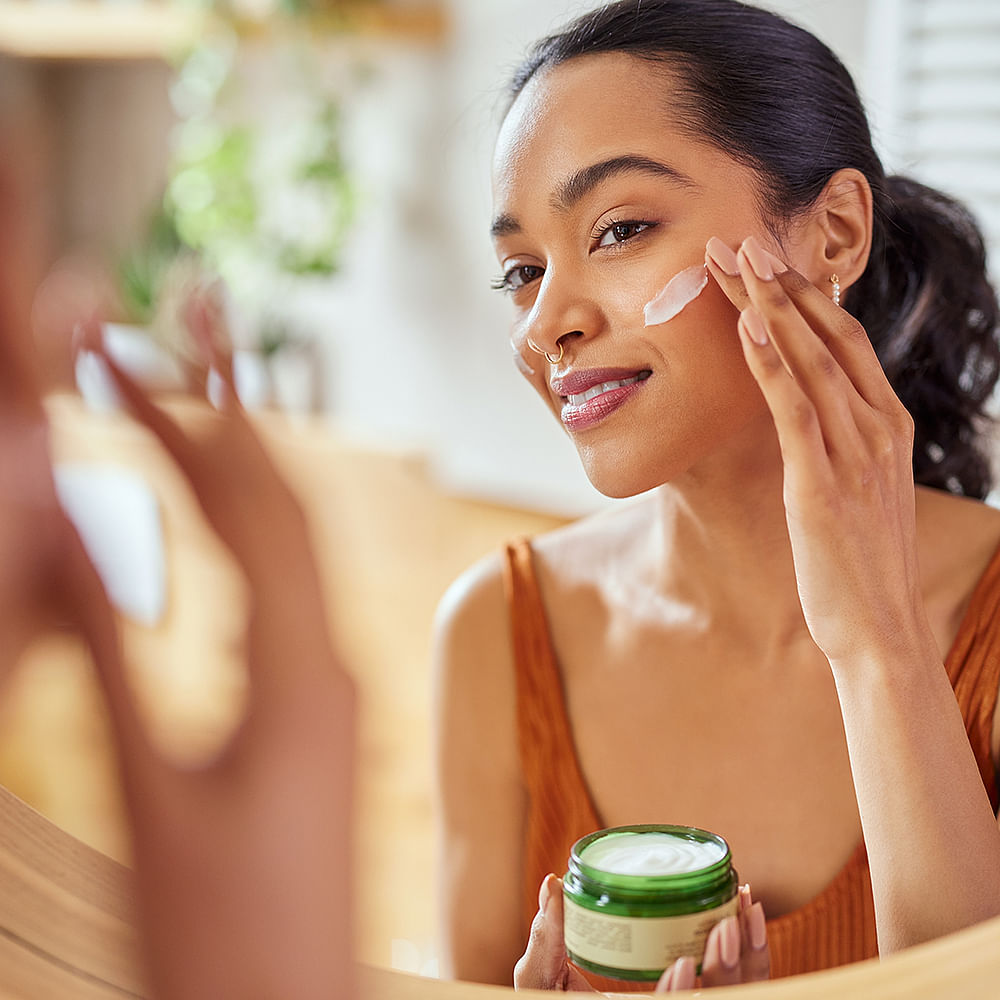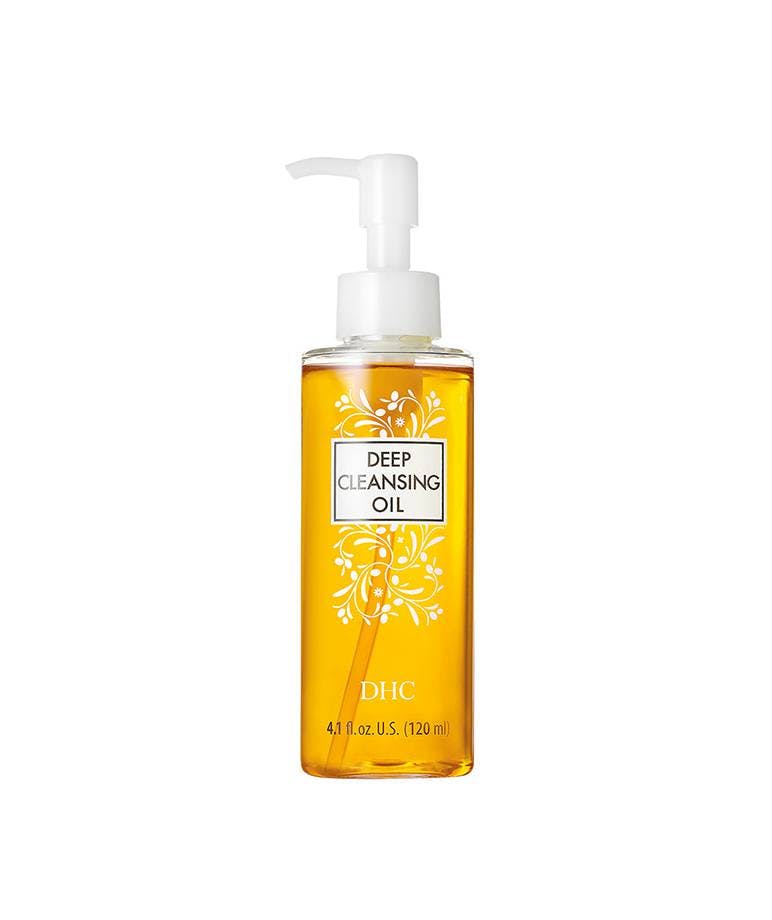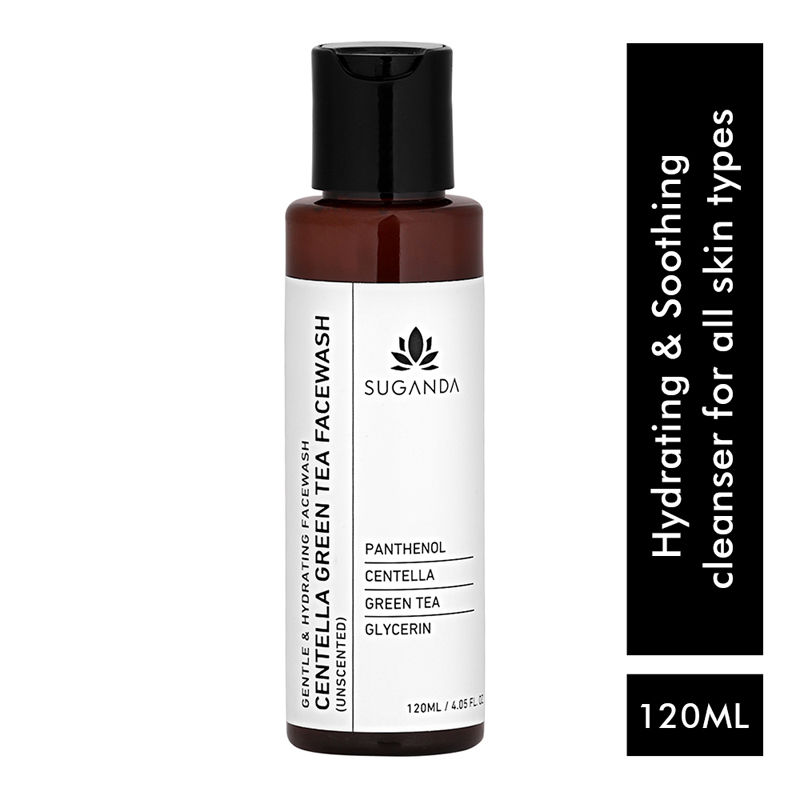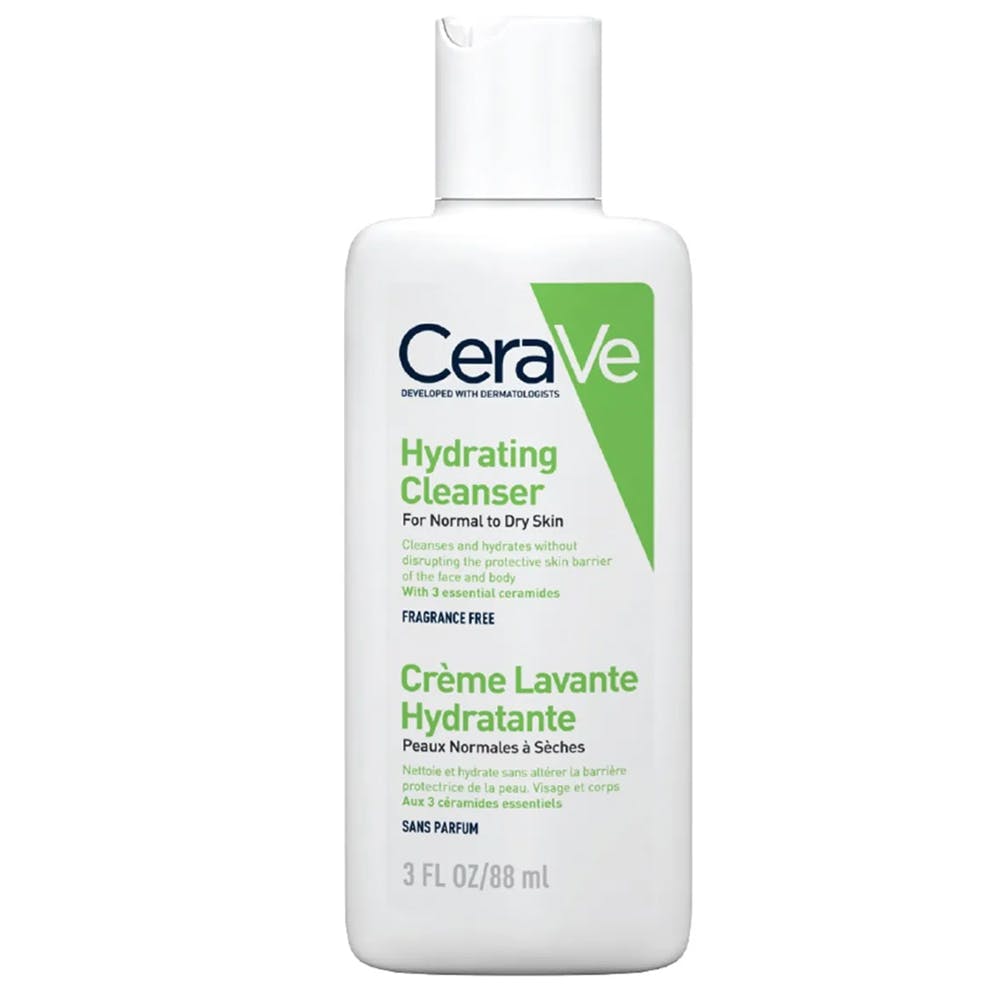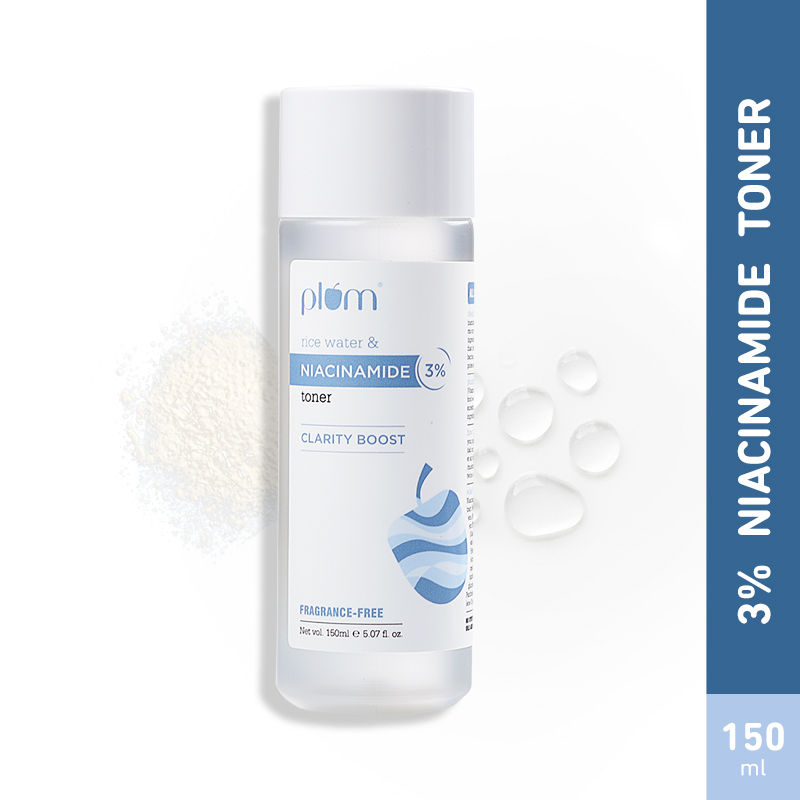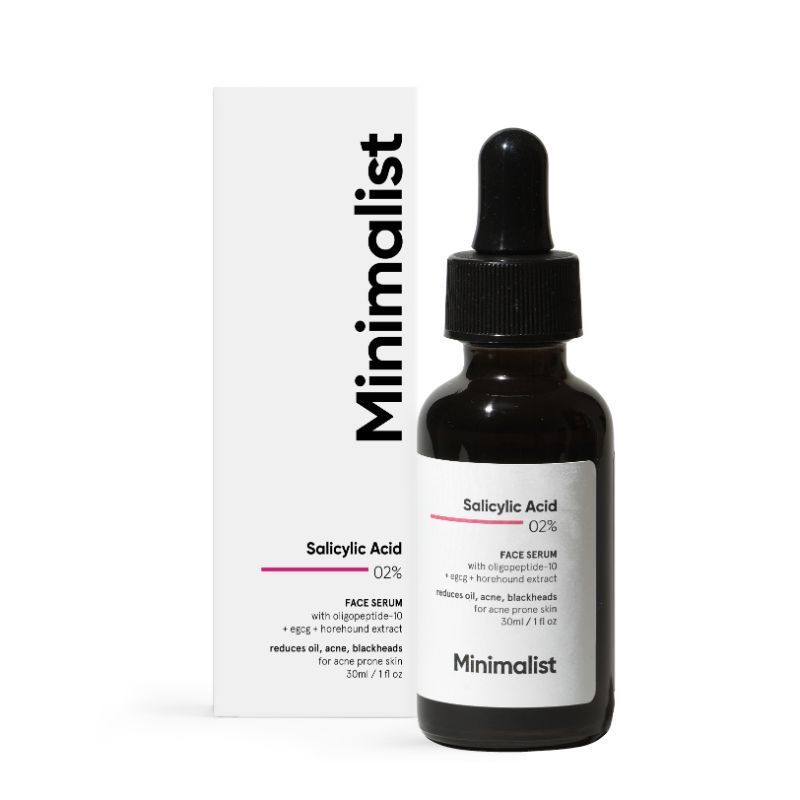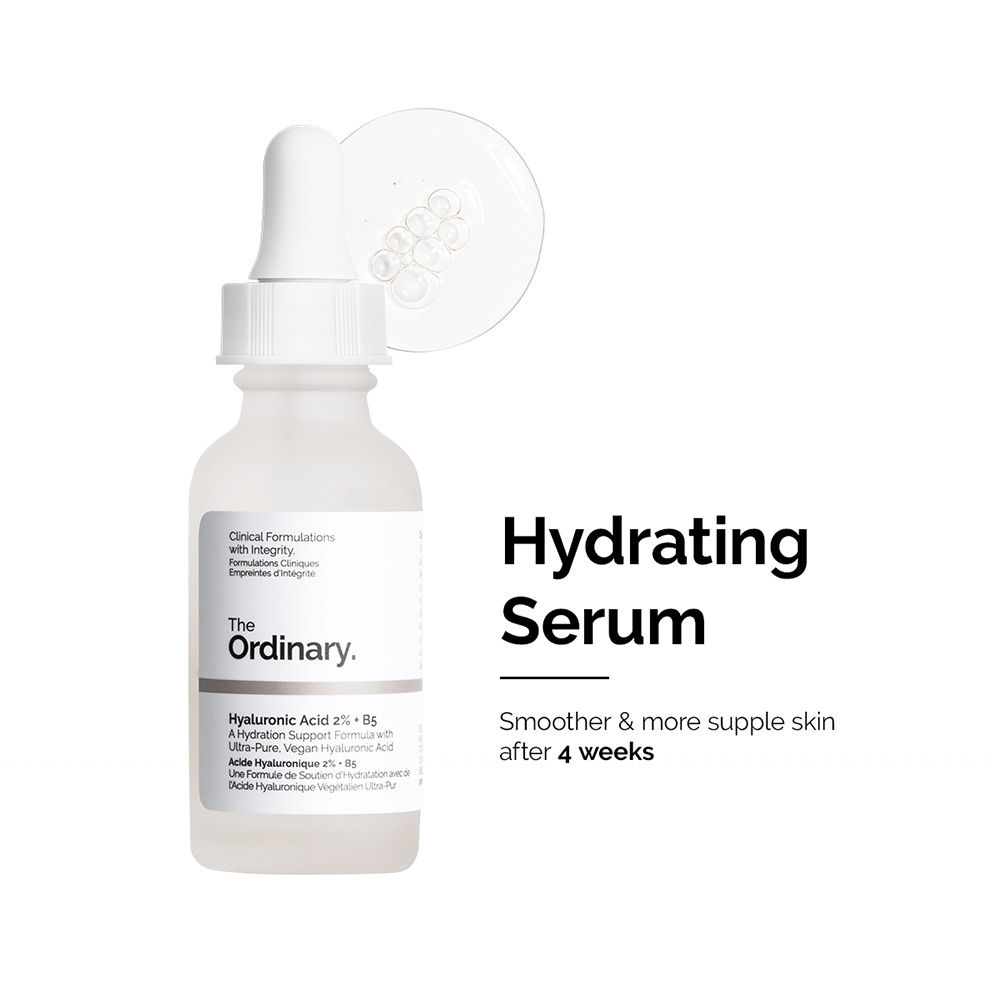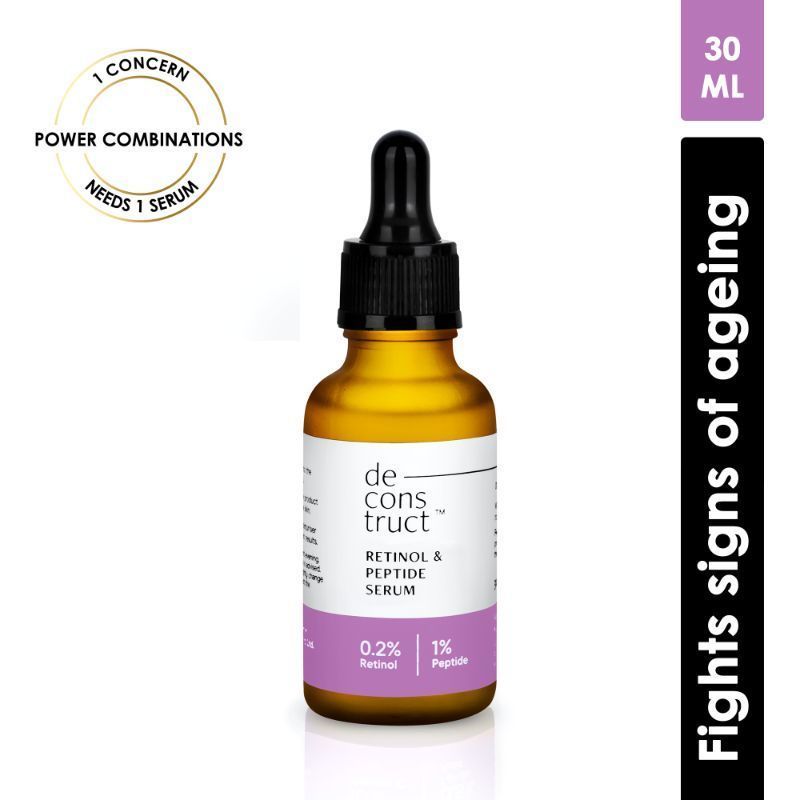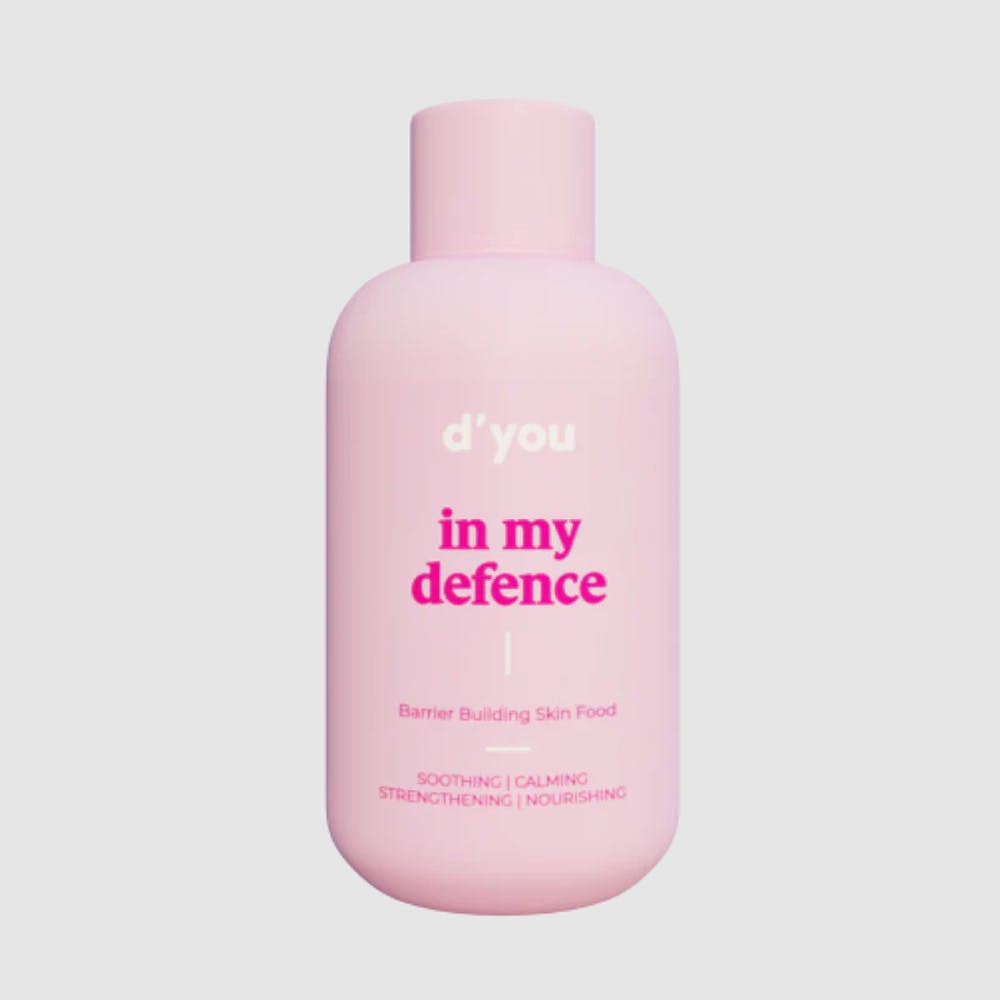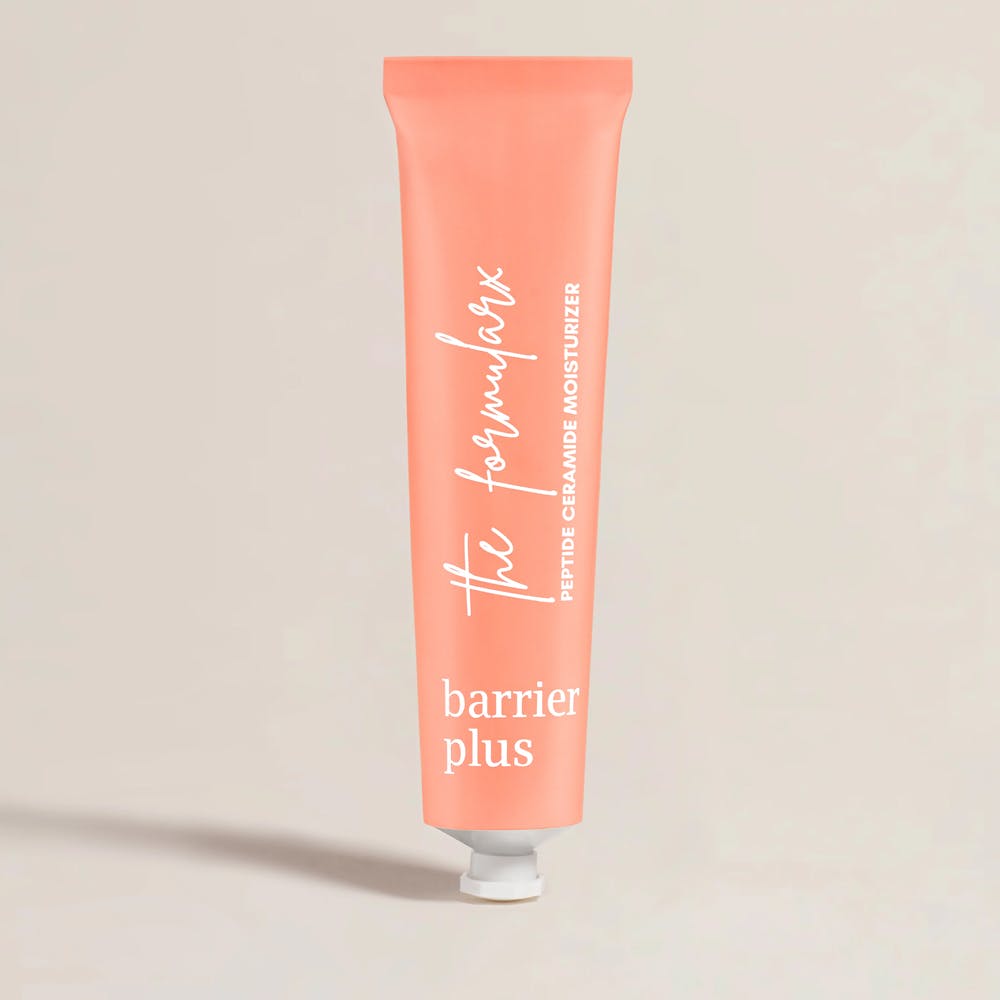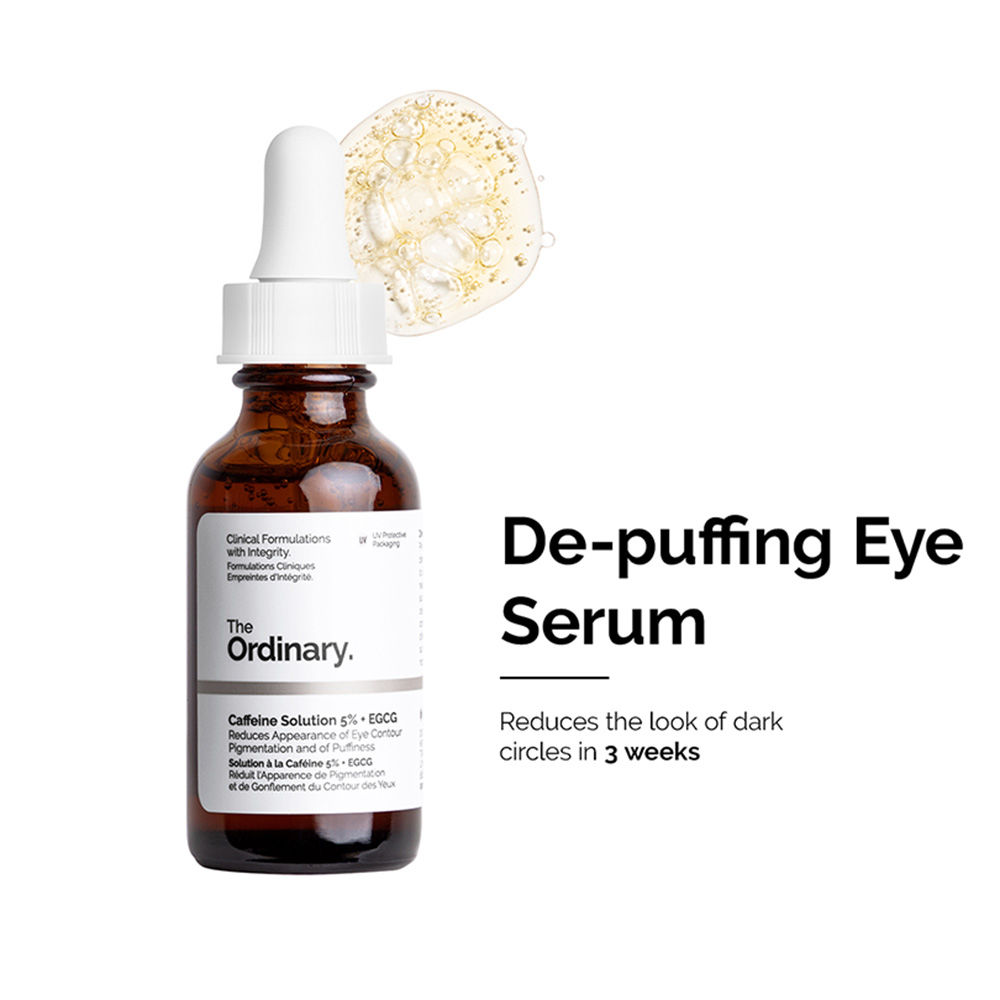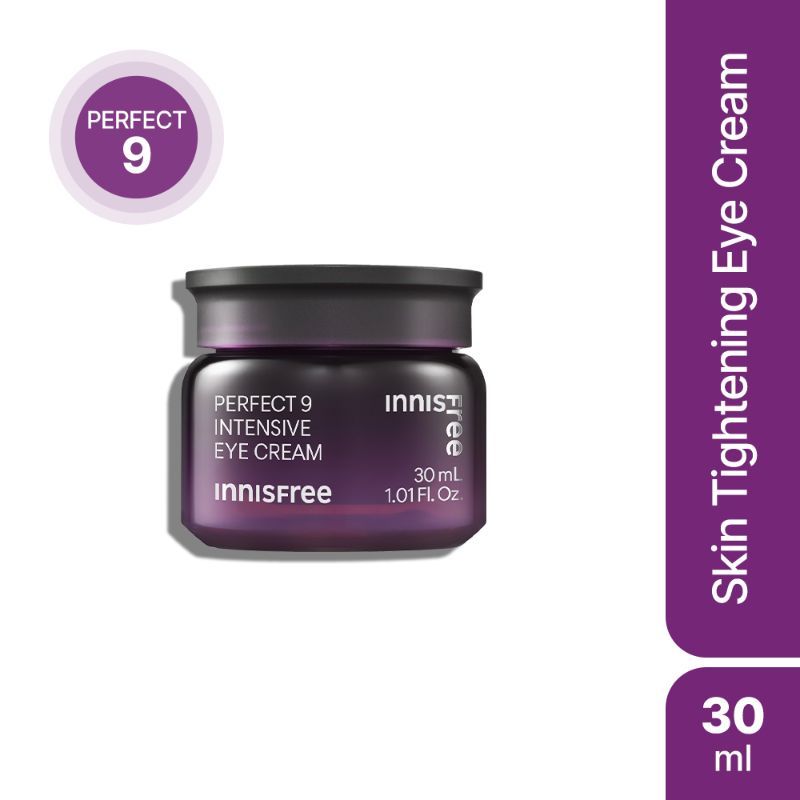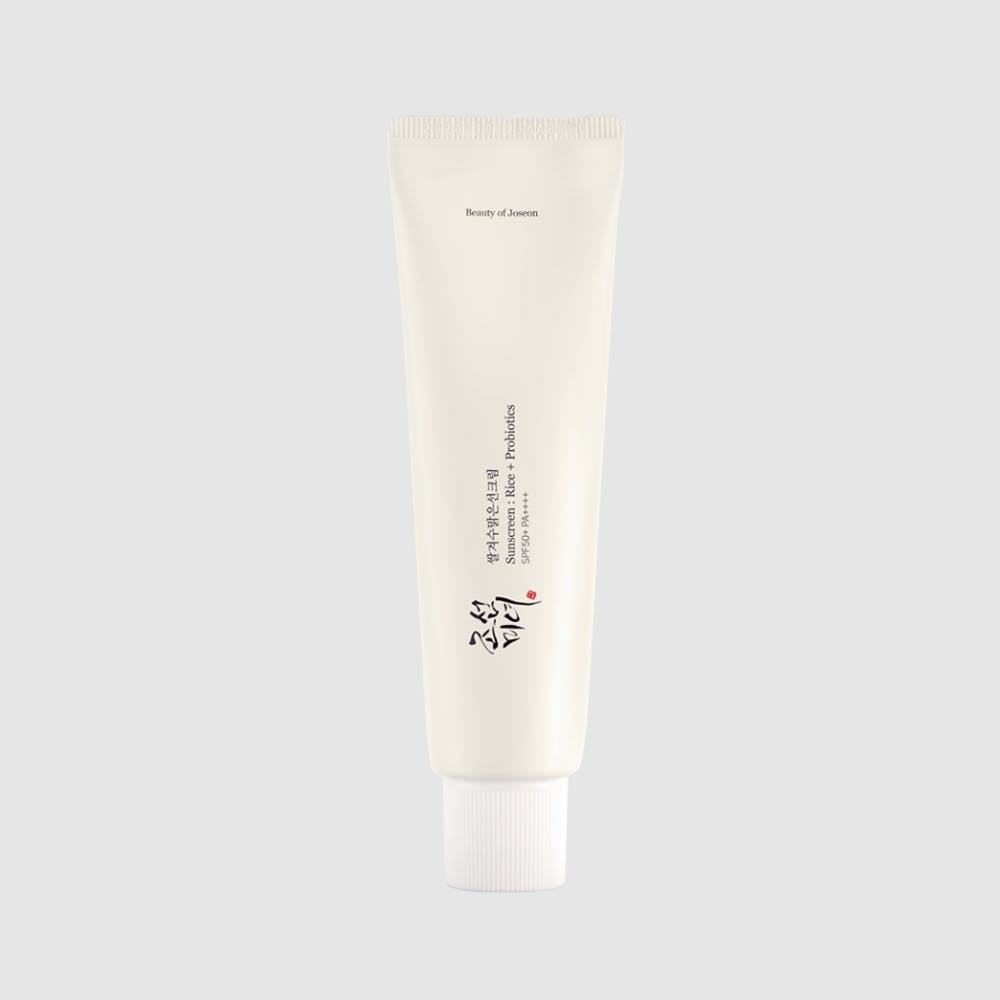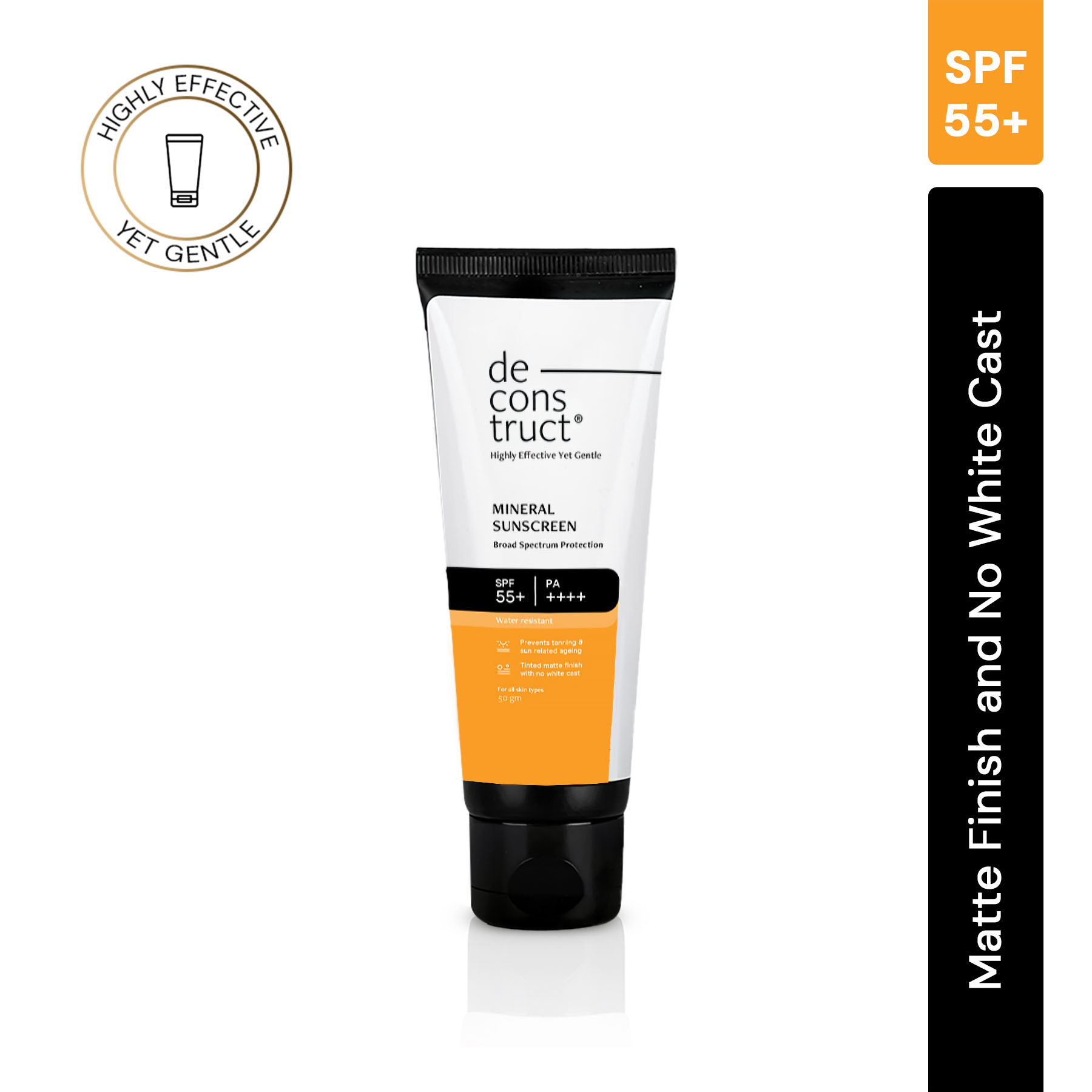The world of beauty and skincare is constantly evolving, and with companies launching new products every few months, pairing it with excessive marketing with too many promises of healthy and glowing skin, it is only making it more and more confusing for the consumer. A good skincare routine, in my opinion, focuses more on quality and consistency rather than the number of products one chooses — it needs to be simple and basic, but powerful. The first step is always to understand and analyse your skin type and figure out a skincare routine that works for you.
There are mainly four main skin types: oily, dry, combination and normal. Oily skin tends to produce more sebum, dry skin feels stretched and dehydrated, combination skin is a mix of both and normal is somewhere in the middle of oily and dry. It's also important to understand if your skin is sensitive because if it is, then you should generally avoid using harsh products that may damage your skin barrier than do good.
All of the information you're about to read is a mixture of all the conversations I've had with multiple dermatologists over the years and my personal interest in skincare, which has made me read and research so much about the topic. Here's how you can create a solid skincare routine for yourself and the skincare steps you should follow in order to get the best results. Remember to keep track of how your skin is responding to any product you add to this basic skincare routine, as everyone's skin is different.

